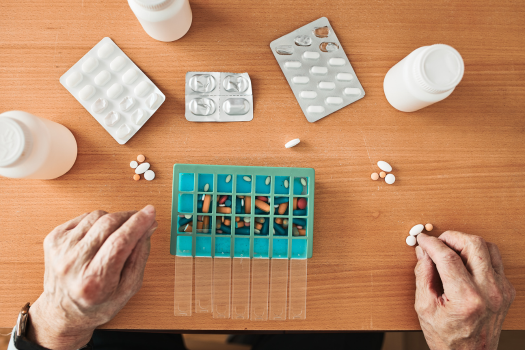 Stroke is the number one cause of death and disability in the United States. It is also the most preventable. Recognizing the signs and knowing what to do can save a life.
Stroke is the number one cause of death and disability in the United States. It is also the most preventable. Recognizing the signs and knowing what to do can save a life.
Types of Strokes. Strokes are a blockage of blood flow to the brain. Some are the result of an abrupt blockage (ischemic). Some are the result of bleeding into the brain (hemorrhagic), and others, known as mini-strokes or TIAs (transient ischemic attacks) are the result of a temporary disruption of blood flow to the brain. While these mini-strokes may not result in a permanent disability, they will show up on a CAT or MRI and may be the sign of bigger things to come.
Warning Signs. The 5 major warning signs for a stroke are:.
- Severe headache with no known cause.
- Weakness or numbness in the face, arm or leg, usually on just one side.
- Difficulty speaking or understanding language.
- Decreased or blurred vision in one or both eyes.
- Unexplained loss of balance or dizziness.
Symptoms for women can differ than those for men and can include:
- A feeling of generalized weakness
- Chest pain
- Facial or leg pain
- Hiccups
- Rapid heartbeat
- Shortness of breath
Treatment. If someone is experiencing any of the above signs or symptoms, Act F.A.S.T!
F – Ask them to smile. Does one side of the face droop? Is there numbness?
A – Ask them to raise both arms. Can they? There may be one-sided weakness.
S – Ask them to repeat a simple phrase
T – Note the time. Time is critical.
If the person demonstrates difficulty with any of the above, call 911 immediately. Inform them that you suspect a stroke. Be sure to tell them what time you administered FAST. Quick action within the first hours of the symptoms can reduce lasting damage.
If the symptoms subside, call 911 anyway! People experiencing symptoms might say they’re going to rest and if they don’t feel better in the morning, they’ll see a doctor. Or, in some cases, if it happens on the weekend, they’ll see the doctor if they don’t feel better by Monday. Instead, do not delay. Go immediately. The results of an unnecessary delay can be life altering, including paralysis and the inability to talk (aphasia).
Causes. The underlying causes for stroke include:
- High blood pressure
- High cholesterol
- Heart disease
- Diabetes
- Carotid artery disease
- Obesity
- Smoking
- Heavy alcohol use
- Illegal drug use
- Inactive lifestyle or lack of exercise
Prevention. Strokes can be prevented through healthy lifestyle changes and by working with your health care team to control health conditions that raise your risk for stroke. These include:
- Healthy diet (more fruits and vegetables; limit foods high in cholesterol; limit salt)
- Exercise
- Follow Center for Disease Control (CDC) guidelines on smoking and alcohol consumption
Of the 800,000 people who suffer a stroke each year, 80% can be prevented. That means, 8 out of 10 people can be spared a disability. Know the warning signs for stroke and act quickly. The life you save could be your own!
Our thanks to Susan I. Wranik, MS, MA, CCC-SLP for this article. Susan is a Speech-Language Pathologist, treating stroke, Parkinson’s, ALS, and other neurogenic speech and swallowing issues. www. SpeakSkill LLC. You can reach Susan by phone at 301-520-2332, text, or email at [email protected].







